Demystifying Crudo
A practical guide to sourcing fish and layering flavor for an optimal crudo experience.
When Emilia called to discuss June’s recipe theme she only had to utter one word to get me going: “Crudo,” she whispered sweetly as my mind began bursting with imagery of seafood past.
I was about six years old when I started claiming sashimi as my favorite food, so by the time I learned of the Italian equivalent years later, I became borderline obsessed. For years, pizza, pasta, and prosciutto dominated the proverbial Italian menu in my mind, so when I finally got to the Italian South, I was blown away to find myself in a seafood lover’s (my) wet dream. The prawns alone left my mouth agape. Tiny little red guys, plump and translucent pink ones, langoustines with their lanky claws still attached, all perfectly seasoned by the briney sea water they’d been plucked from. Not to mention the pile of ricci di mare (sea urchins) still in their spiky shells that I bought off the dock in Bari by an abrasive white-bearded fellow.
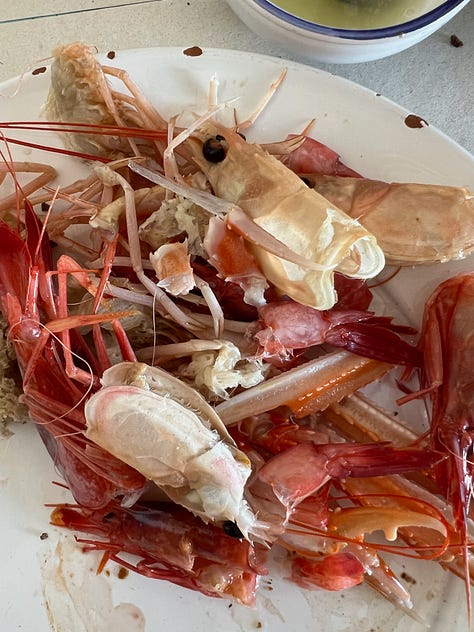
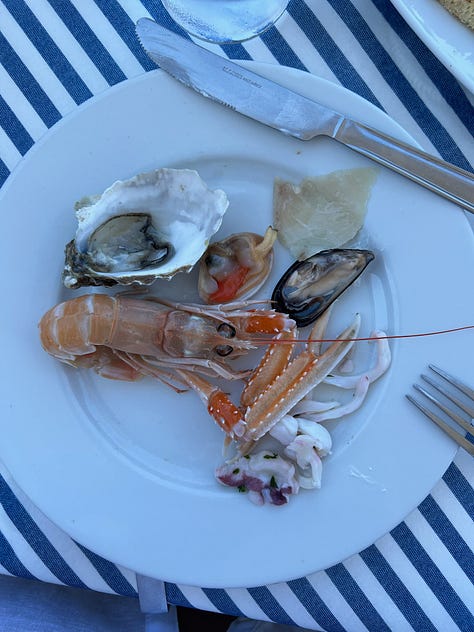
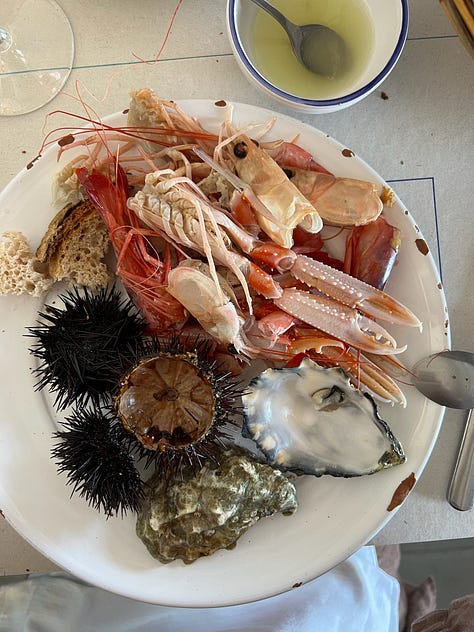
Crudo, meaning “raw” in Italian, categorically encompasses quite a lot. You might see the word crudo next to prosciutto signifying it’s “raw” (or really, been cured with salt rather than cooked with heat, but you catch the drift). You could see “crudo” in reference to a raw vegetable dish, a la crudités. But most commonly, and most excitingly, it refers to seafood preparations that are—you guessed it—raw.
Sometimes crudo in Italy is served just like that, with nothing more than a sliver of lemon on the side. Other times it’s slightly more dressed up with local olive oil, capers, and citrus. Either way, this style of dish perfectly exemplifies how I think about the culinary Italian ethos—quality ingredient, light hand. Buy really really fresh fish, balance it with enough salt (the crunchy flakey stuff), the right acid (the punchy stuff), and really really good olive oil (the grassy and luscious stuff), and you’re bound to have a fucked-up-delicious bite. And it’s that bite that we’re here to discuss today as we—dare I say—demystify crudo.
If you’ve never made a crudo dish before you may have a few follow-up questions:
Where do I buy “really really fresh fish?”
What fish is crudo-worthy?
How do I slice my fish, let alone break down an entire creature?!
Worry not, we’re here to guide you through it all. Let’s start with the procurement of your aquatic creatures.
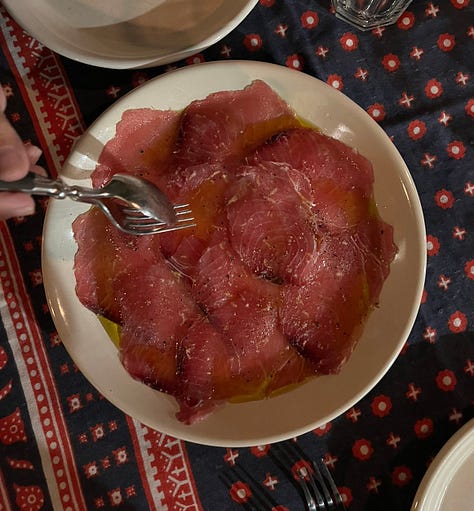
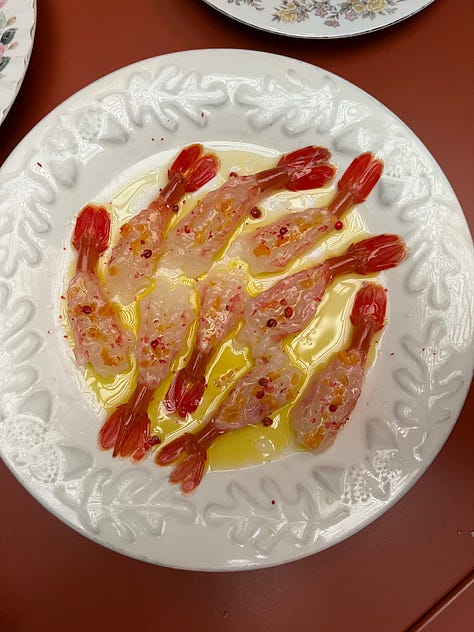
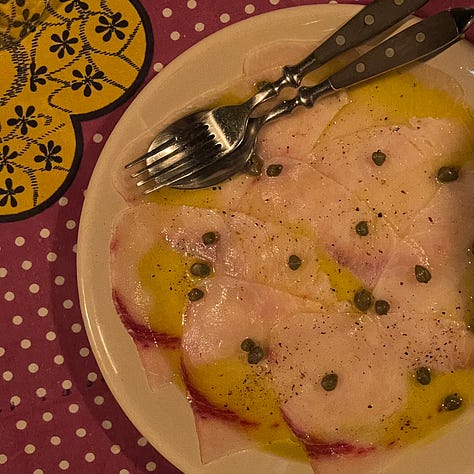
Keep reading with a 7-day free trial
Subscribe to Cittavino & Co. to keep reading this post and get 7 days of free access to the full post archives.






